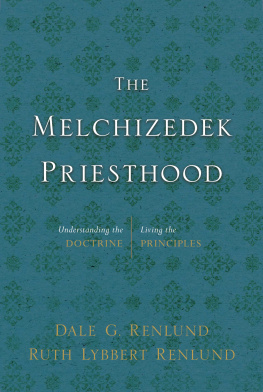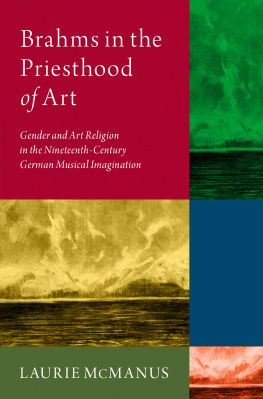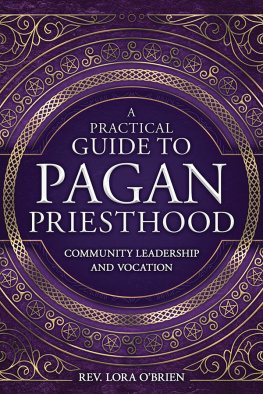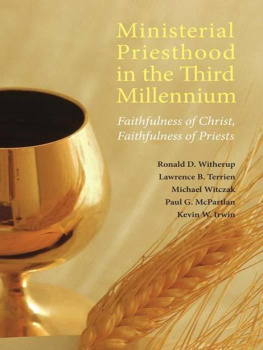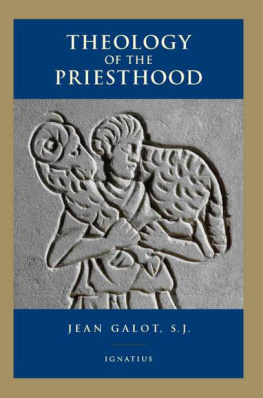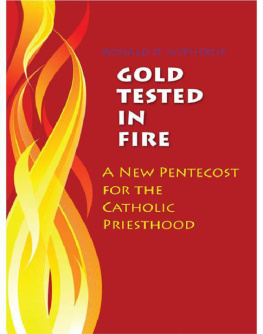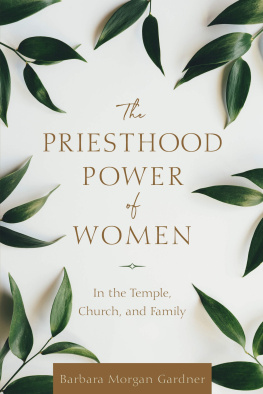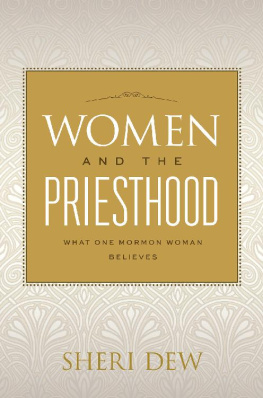2018 Dale G. Renlund and Ruth Lybbert Renlund
All rights reserved. No part of this book may be reproduced in any form or by any means without permission in writing from the publisher, Deseret Book Company, at permissions@deseretbook.com or PO Box 30178, Salt Lake City, Utah 84130. This work is not an official publication of The Church of Jesus Christ of Latter-day Saints. The views expressed herein are the responsibility of the authors and do not necessarily represent the position of the Church or of Deseret Book Company.
Deseret Book is a registered trademark of Deseret Book Company.
Visit us at DeseretBook.com
Library of Congress Cataloging-in-Publication Data
Names: Renlund, Dale G., 1952 author. | Renlund, Ruth Lybbert, 1954 author.
Title: The Melchizedek Priesthood: understanding the doctrine, living the principles / Dale G. Renlund, Ruth Lybbert Renlund.
Description: Salt Lake City, Utah : Deseret Book, [2018] | Includes bibliographical references and index.
Identifiers: LCCN 2017051989 | ISBN 9781629724454 (hardbound : alk. paper)
Subjects: LCSH: Melchizedek Priesthood (Mormon Church) | Mormon ChurchDoctrines. | The Church of Jesus Christ of Latter-day SaintsDoctrines.
Classification: LCC BX8659.6 .R46 2018 | DDC 262/.1493dc23
LC record available at https://lccn.loc.gov/2017051989
Printed in the United States of America
Publishers Printing, Salt Lake City, UT
10 9 8 7 6 5 4 3 2 1
To the finest priesthood holders we have known, our fathers.
Merlin R. Lybbert
(January 31, 1926July 6, 2001)
Mats ke Renlund
(September 25, 1917December 4, 2009)
Preface
Our Heavenly Fathers power is both awesome and delicate. It is awesome because it is all-encompassing, omnipotent, and omniscient. It is delicate because its use is carefully controlled by eternal laws and principles. Yet, He gives some of His power to individuals who He knows perfectly well are imperfect. How does it work? How is it conceivable that His awesome, delicate power could be used by both an illiterate farmer and a rocket scientistto equal effectin the salvation of humankind? This book attempts to address such questions.
To help His children use and benefit from the priesthood, God has provided a set of principles that govern its use. This set of principles is a portion of what is referred to as the doctrine of the priesthood. Doctrine in this context is used in the same way that military doctrine refers to guidelines, standard operating procedures, or rules of engagement for military personnel.
The book is divided into two sections: the first discusses the foundations of the doctrine of the priesthood, and the second discusses the principles themselves. Our hope is that the book makes it possible for both men and women to understand the priesthood better. The book is not an exhaustive reference source for everything priesthood-related in the scriptures, nor is it a compendium of every authoritative statement on the topic. Rather, we seek to consider questions about the priesthood in a simple, straightforward manner.
We have made a conscious decision to direct the contents of this book primarily to those who hold the Melchizedek Priesthood and those who are preparing to receive it. However, it is not our intent to exclude women from the discussion. The reason both our names appear on the books cover is because the conclusions we have drawn about priesthood principles and practices are the result of our joint study and discussions over the years. The priesthood deeply affects all Heavenly Fathers children, male and female, and both men and women need to understand it. We hope this book will be a helpful resource that will generate further thought, conversation, and understanding.
Preparing to receive the Melchizedek Priesthood can occur in many ways. President Thomas S. Monson relates an experience wherein he learned about the priesthood from his stake president. President Monson recalls:
As I approached my 18th birthday and prepared to enter the mandatory military service required of young men during World War II, I was recommended to receive the Melchizedek Priesthood, but first I needed to telephone my stake president, Paul C. Child, for an interview.... Having heard from some of my friends of his rather detailed and searching interviews, I desired minimum exposure of my scriptural knowledge; therefore, when I called him I suggested we meet the following Sunday at a time I knew was just an hour before his sacrament meeting time.
His response: Oh, Brother Monson, that would not provide us sufficient time to peruse the scriptures. He then suggested a time three hours before his sacrament meeting, and he instructed me to bring with me my personally marked and referenced set of scriptures.
When I arrived at his home on Sunday, I was greeted warmly, and then the interview began. President Child said, Brother Monson, you hold the Aaronic Priesthood. Have you ever had angels minister to you? I replied that I had not. When he asked if I knew I was entitled to such, I again replied that I had not known.
He instructed, Brother Monson, repeat from memory the 13th section of the Doctrine and Covenants.
I began, Upon you my fellow servants, in the name of Messiah I confer the Priesthood of Aaron, which holds the keys of the ministering of angels
Stop, President Child directed. Then, in a calm, kindly tone, he counseled, Brother Monson, never forget that as a holder of the Aaronic Priesthood you are entitled to the ministering of angels.
It was almost as though an angel were in the room that day. I have never forgotten the interview. I yet feel the spirit of that solemn occasion as we together read of the responsibilities, the duties, and the blessings of the Aaronic Priesthood and the Melchizedek Priesthoodblessings which come not only to us but also to our families and to others we will have the privilege to serve.
Not all of us will be blessed to have a stake president like President Paul C. Child who takes the time and makes the effort to review the responsibilities, duties, and blessings of the priesthood with each prospective elder. This book seeks to provide a platform for such discussions and learning.
Additionally, the book has arisen in large part from questions we have asked each other over the years. These questions have led to study, observation, and discussion. The quest for an understanding of the priesthood and its proper application has continued through our respective medical and legal training and our careers outside of the home. A fuller understanding and application of priesthood power has required both of us to work together inside our home. A major augmentation in our learning occurred as our amazing daughter, Ashley Ruth Renlund, joined our family. From an early age, her fresh questions, clear insights, and intolerance for fuzzy thinking have refined the process.
We have chosen to write this book in the first-person-plural voice unless the event that we wish to relate is specific to Elder Renlund. In that case, we have written in the first-person-singular voice. Even in those instances, Sister Renlunds authorship contribution has been significant.
Many have provided helpful comments and suggestions to us as the book developed. We especially wish to thank Anita M. Renlund, Gary M. Renlund, Roger G. Clarke, Richard L. Curtis, Linda C. R. Maurer, Paul J. Dirkmaat, and Ashley R. Renlund. We appreciate the time they have taken to read and discuss the book. Our editor from Deseret Book, Emily Watts, has been extraordinarily helpful from the outset and throughout the process.

